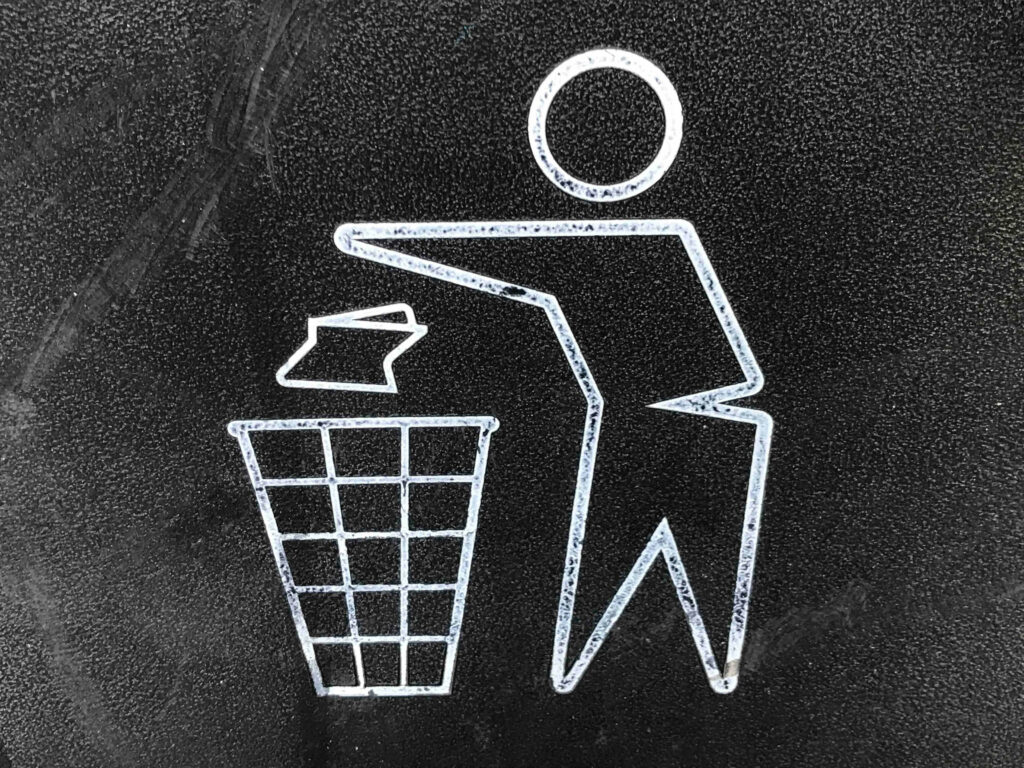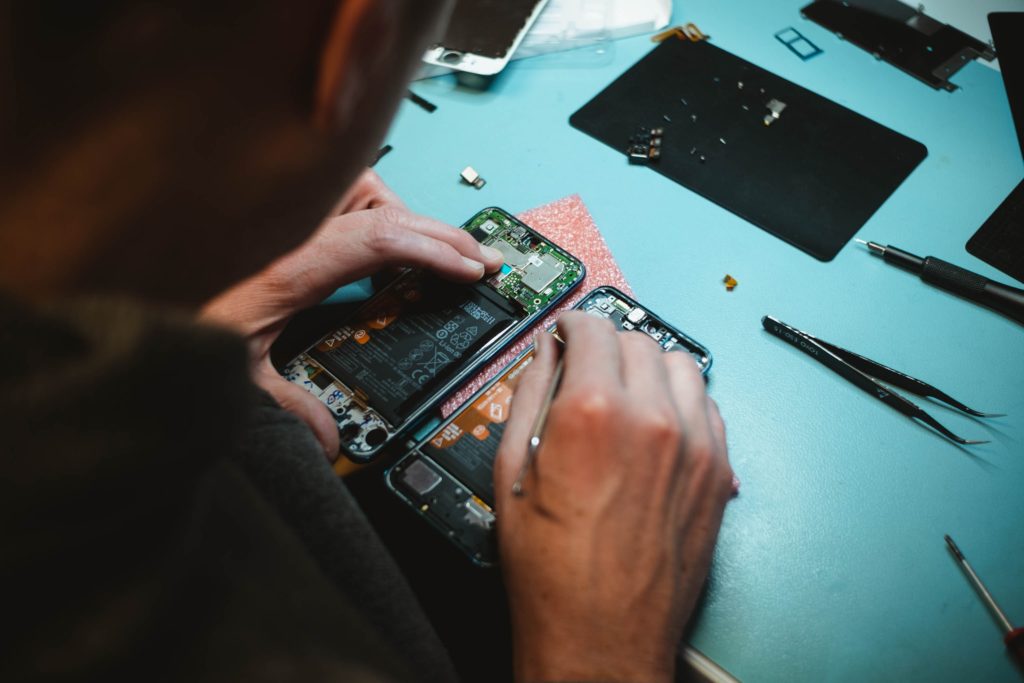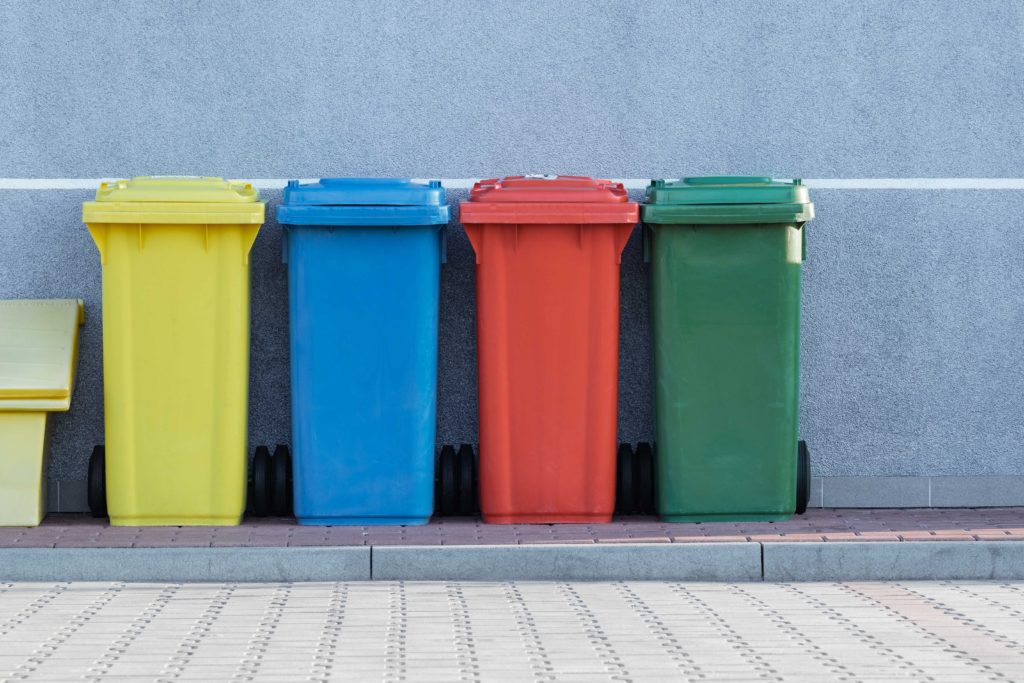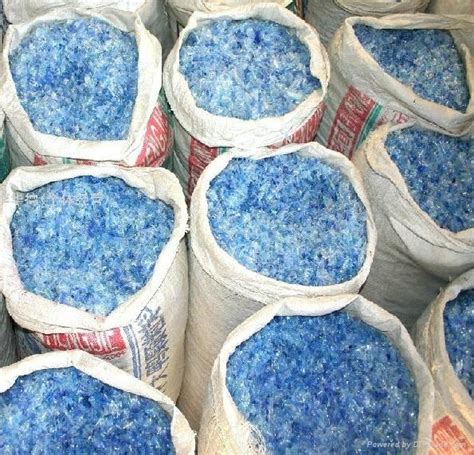
At Zero Waste Alliance Ireland, we have been advocating for a Circular Economy since we became established in 2004. The Irish government is finally taking action and preparing a whole-of-government Circular Economy Strategy. Last Friday the 11th of June 2021, we submitted a response to the Department of Environment, Climate and Communications with our recommendations for the strategy.
What is the Circular Economy?
A circular economy focuses on designing out waste and pollution from our current take-make-waste model by keeping products and materials in use for as long as possible.
Why do we need a Circular Economy?
As our population continues to rise and our economy is constantly expanding, we cannot continue with our current linear model that relies heavily on resource extraction. Our limited resources are rapidly depleting, with global predictions estimating we will need the resources from 3 planets by 2050. A circular economy focuses on recycling materials currently in use to maximise their life span and reduce our dependency on raw materials. A circular economy also has the potential to solve our climate crises.
Currently, our efforts to reduce our greenhouse gas emissions are not ambitious enough to meet our alarmingly high consumption rates. The production of goods and management of land accounts for 45% of our greenhouse gas emissions. Transitioning to a circular economy could significantly reduce this percentage through better product design, increasing product reusability and through the regeneration of natural systems that sequester greenhouse gasses.
In our submission we highlighted some of the major changes that need to occur in order for Ireland to successfully transition to a circular economy, here are three key points we discussed:

1. Product redesign
A major barrier to the implementation of the circular economy in Ireland is poor product design. Many manufactures are strategically designing products to have a limited life, in order to encourage the consumer to repeatedly repurchase the same product. This is particularly apparent in electrical goods, which are also one of the most difficult products to dispose of correctly. Products need to be designed to last, to be easily repaired, to be reused and to be recycled.
Two major barriers impeding the repairing rates of products are the lack of repair services and the costs associated with repairing and refurbishing. Over the years, products such as clothes and electronics have become significantly cheaper. This has had two effects on influencing consumers’ decisions to repair a broken product. The first being that in many situations it costs more to repair an item than to buy a replacement, which has led to many repair services closing.
The repair sector is in dire need of investments to flip the current, so that repairing will always be cheaper than replacing.

2. Waste Segregation
Our current waste collection system is flawed as the level of segregation of materials is too simplistic, resulting in potentially recyclable material being discarded as ‘waste’. Improved segregation of discarded materials at source would significantly increase the level of recycling and upcycling, allowing these sectors to reach their maximum capabilities. A lucrative waste management alternative needs to be investigated and developed to facilitate successful segregation that is evident in parts of Europe.

3. Behavioural and Cultural change
As our society is built upon a linear model that maximises consumer convenience, a huge behavioural and cultural change will be required to integrate circular practices that may not be as convenient as their linear counterparts. A nationwide shift in the way we as a society perceive discarded items will be an essential step. It should be viewed as a resource rather than a waste that requires disposal. This behavioural shift could be one of the biggest challenges in transitioning to a circular economy but will be one of the most critical steps.
Read our submission here for more information about how Ireland can transition to a circular economy.
